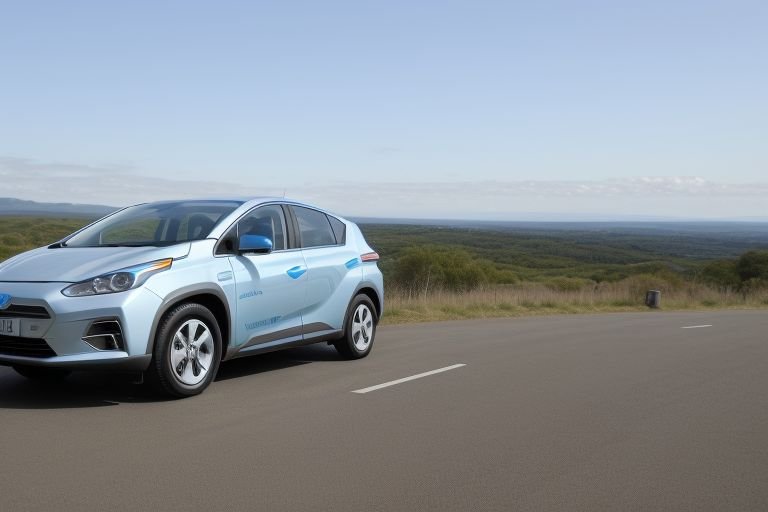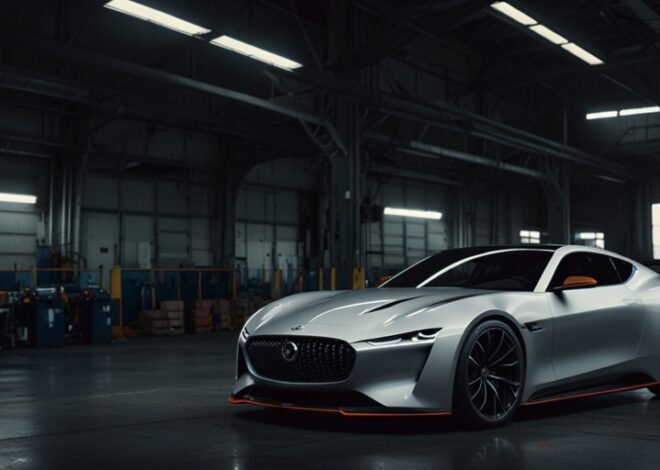
Future of Hydrogen Fuel Cell Vehicles Promises Cleaner Energy For Cars
Hydrogen-powered vehicles are gaining influence in the car market as a new option that rivals classic gasoline vehicles and electric options. As people become increasingly worried about climate change and wish for more sustainable transportation methods hydrogen fuel cell technology is gaining interest from companies and eco-friendly users.
With a chemical process converting hydrogen gas to electricity FCEVs power their electric motors. The unique output from this method is water vapor which qualifies hydrogen motor vehicles as a zero-exhaust transportation option. With its efficient operation and quick refuel times along with longer driving capacity than most battery vehicles,hydrogen represents a key opportunity for the automotive market.
A variety of substantial car brands are allocating significant financial resources toward hydrogen fuel cell technology. Honda and Toyota as well as Hyundai stand out in this sector with models including the Hyundai Nexo and the Toyota Mirai. The efficacy of hydrogen technology is illustrated by these vehicles and they act as a model for broader use.
In the years ahead the industry for hydrogen-powered vehicles is expected to skyrocket. Reports from the industry suggest that the global market for hydrogen vehicles is forecast to grow to $42 billion in 2026 after just reaching $652 million in 2018. The exceptional growth pattern shows a promising future for transport using hydrogen power with a growth rate of 66.9% from 2019 to 2026.
The quick refueling feature of hydrogen fuel cell vehicles resembles that of gasoline models. Unlike battery electric vehicles that need many hours to charge fully hydrogen vehicles can be refueled in just minutes making them well-suited for long travel and commercial use. This aspect appeals strongly to companies running fleets and those in long-distance trucking who aim to lessen their carbon impact without losing efficiency.
However many obstacles hinder the widespread introduction of hydrogen fuel cell vehicles. The key issue is the deficiency in hydrogen filling infrastructure. At present hydrogen fueling facilities are scarce; most sites are found in California in the U.S. and handfuls in other areas worldwide. Developing this network calls for heavy capital investments and cooperation between governments and automotive companies.
The cost of utilizing hydrogen fuel cell technology creates a major issue. Although prices have fallen recently gasoline alternatives still offer greater affordability than hydrogen vehicles and several battery electric models. As production expands and technology advances experts expect costs toreduce making hydrogen vehicles easier for everyday consumers.
The industry frequently addresses the issue of hydrogen production. The main process for generating hydrogen uses natural gas along with steam methane reforming; unfortunately it still produces carbon emissions. Support for “green hydrogen” derived through electrolysis assisted by solar and wind power is on the rise. By applying this technique the entire hydrogen fuel process becomes carbon neutral and improves its attractiveness as an eco-friendly energy alternative.
Nations on a worldwide scale are seeing the potential in hydrogen fuel cell technology and are taking steps to enhance its progress. In Japan’s efforts to promote hydrogen use it has established bold plans and significant investments for infrastructure growth. With aspirations to increase hydrogen generation and application in different industries by 2050 the European Union includes hydrogen in its carbon neutrality strategy.
In the United States’ hydrogen adoption landscape California takes the lead by giving incentives for acquiring vehicles running on hydrogen and boosting the creation of fueling infrastructures. In addition to California others are moving to implement similar strategies and see the potential of hydrogen in reaching clean energy targets.
Hydrogen fuel cell vehicles will extend past just passenger cars. A wide variety of applications is under examination including aviation and public transportation options. Because of their longer range and faster refueling times than battery electric vehicles hydrogen fuel cells provide great advantages for heavy-duty vehicles and extended trips.
Recently Honda introduced a semi-truck prototype with a hydrogen-powered engine that is designed to go 400 miles on a single tank. This progress brings to light the capability of hydrogen to innovate the industry of commercial transportation playing an important role in global carbon emissions.
According to numerous specialists in the industry hydrogen fuel cell vehicles and battery electric vehicles should work together rather than compete. All technologies feature different advantages and are likely to be better matched for several scenarios. In urban areas and for brief to average distances private cars with batteries might rule while the fuel cells powered by hydrogen might shine in extended ranges and heavy use cases.
Although many challenges accompany the transition to hydrogen use the anticipated gains are considerable. Improved technology reduces expenses and expands infrastructure making hydrogen fuel cell vehicles essential for clean mobility going forward. Determining the importance of hydrogen to the automotive industry in the future will be key during the next ten year period.
By fostering innovation and industry investment alongside government support hydrogen fuel cell cars might drive a new sustainable alternative in transportation. With the pressing challenge of climate change in mind individuals start to see a cleaner and greener future in the future of hydrogen vehicles.


